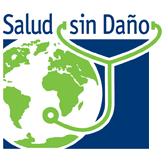A new boiler & fuel leads to energy efficiency, less fuel consumption, & and lower emissions
Centro Médico ABC, Mexico
Case study summary
Implementation of actions targeted at reducing the climate footprint (and consequently the health impacts associated with climate change), including the consumption of energy from clean sources and the substitution of diesel with natural gas as fuel in boilers.
Demographic information
- City: Mexico City
- State/province/region: Mexico City
- Country: Mexico
- Type of institution: private hospital (private health care institution)
- Number of full-time staff: 1,354 (operational staff on two campuses)
- Number of part-time staff: 1,787 (administrative staff on two campuses
- Patient population served per year:
- 28,462 patients treated per year (outpatients and inpatients)
- Geographic area served: Mexico City, Mexico
- Main health equity issues that affect your population:
- Maternal health
- Neonatal and child development;
- Access to high-quality health care services.
- Number of beds: 374 beds
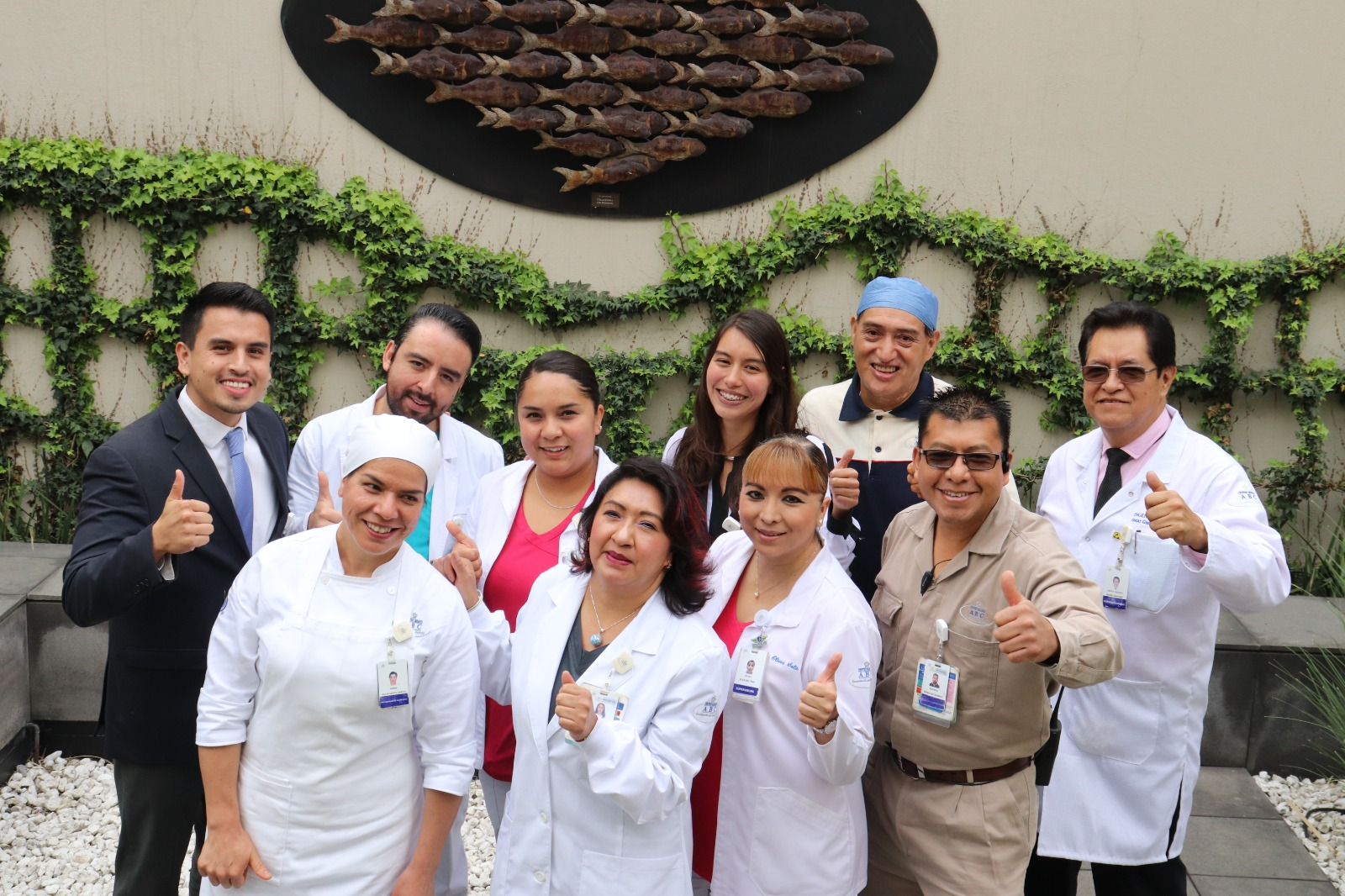
The issue
Given the climate and air pollution crisis in Mexico City, the health sector needs to lead by example. Despite its main purpose of caring for people’s health, the health sector generates pollutants that harm health. Therefore, it is necessary to assess pollution sources and apply corrective actions to comply with applicable legislation and mitigate associated impacts.

Our first action was to share with people the impacts we have as individuals and also as an industry, and to transform individual thinking into collective and global thinking, assuming our actions leave a footprint in our environment and in our planet as well. Then, the hospital's senior management created a formal ad hoc committee to provide the necessary resources for our projects and to serve as an open forum to measure progress and assess the initiatives.
Hospital goals
- Assess GHG emissions from energy and fossil fuel consumption.
- Reduce emissions from fossil fuel consumption through the implementation of new technologies.
- Reduce costs and emissions through the consumption of electricity from renewable sources.
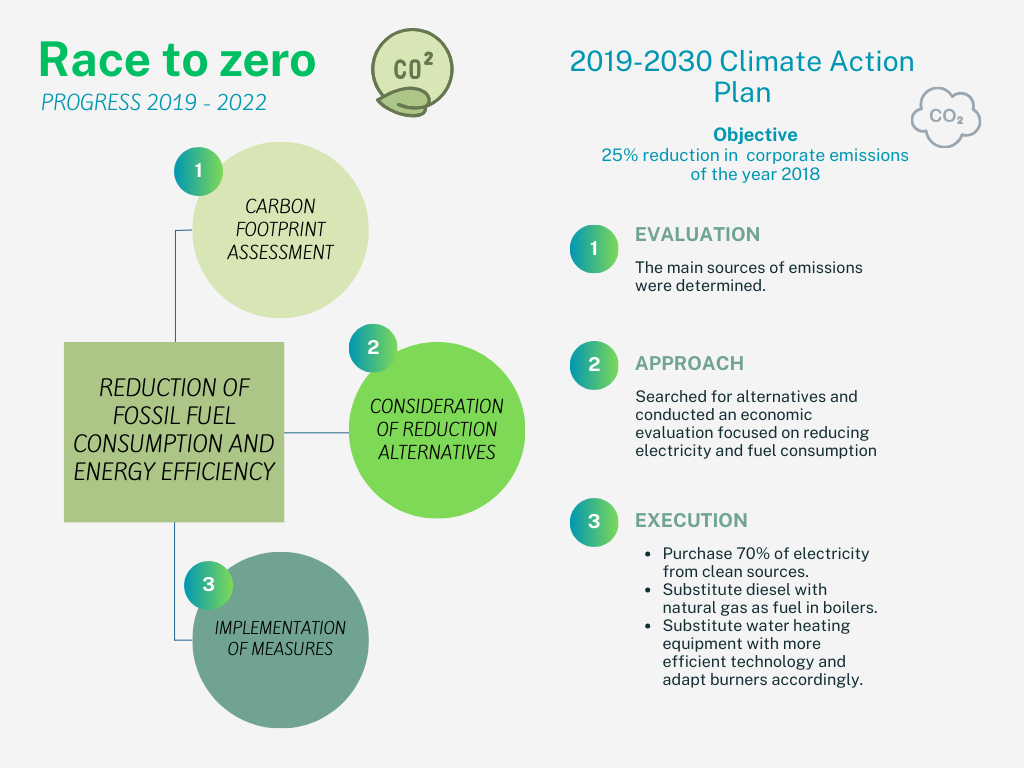
Sustainable strategy implemented
2019-2030 climate action plan
Goal: 25% reduction of emissions compared to 2018.
Assessment: identification of main sources of emissions.
Approach: search for alternatives and financial assessment focused on reducing electricity and fuel consumption.
Execution
- Purchase 70% of electricity from clean sources.
- Substitute diesel with natural gas as fuel in boilers.
- Substitute water heating equipment with more efficient technology and adapt burners accordingly.
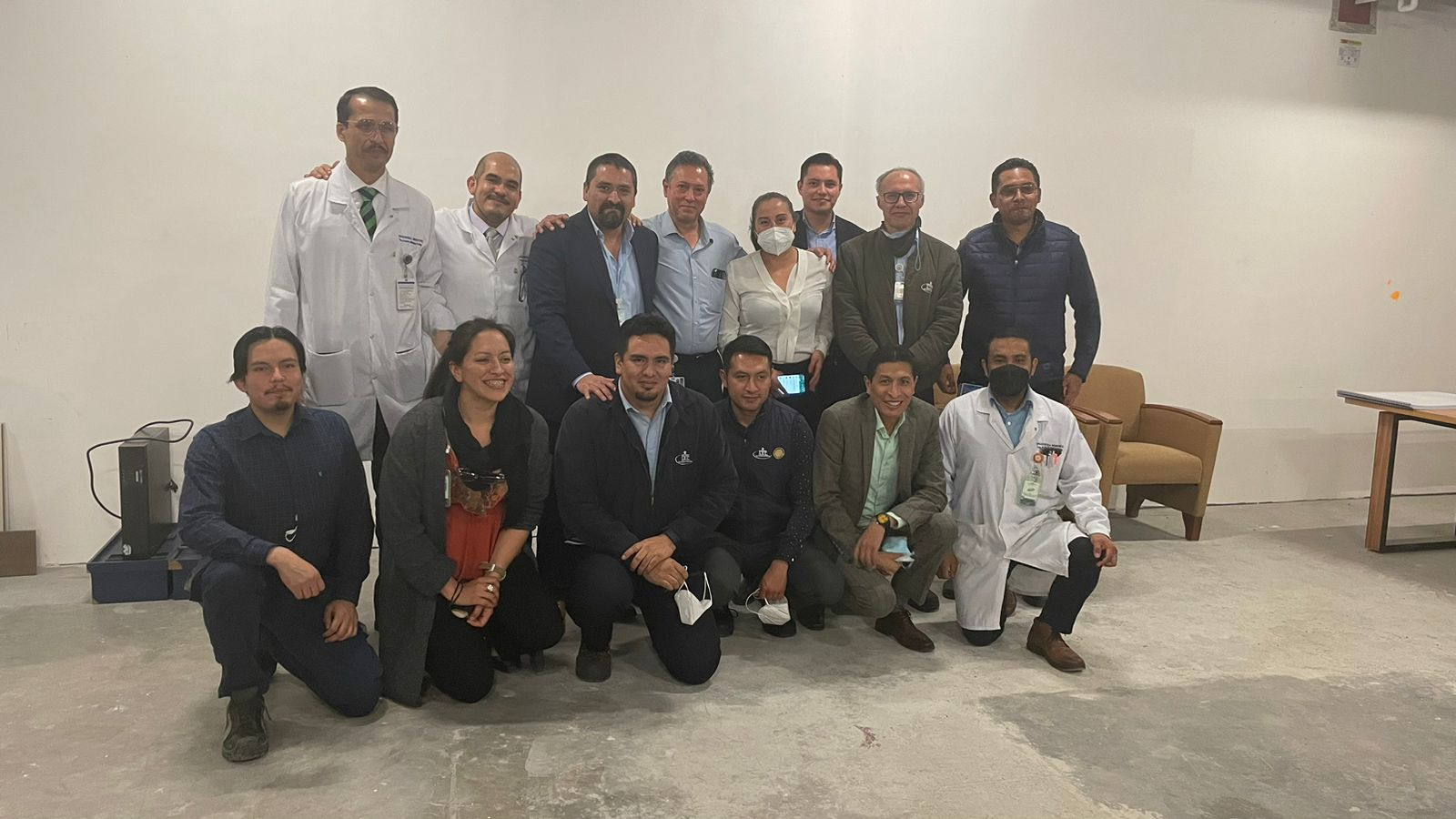
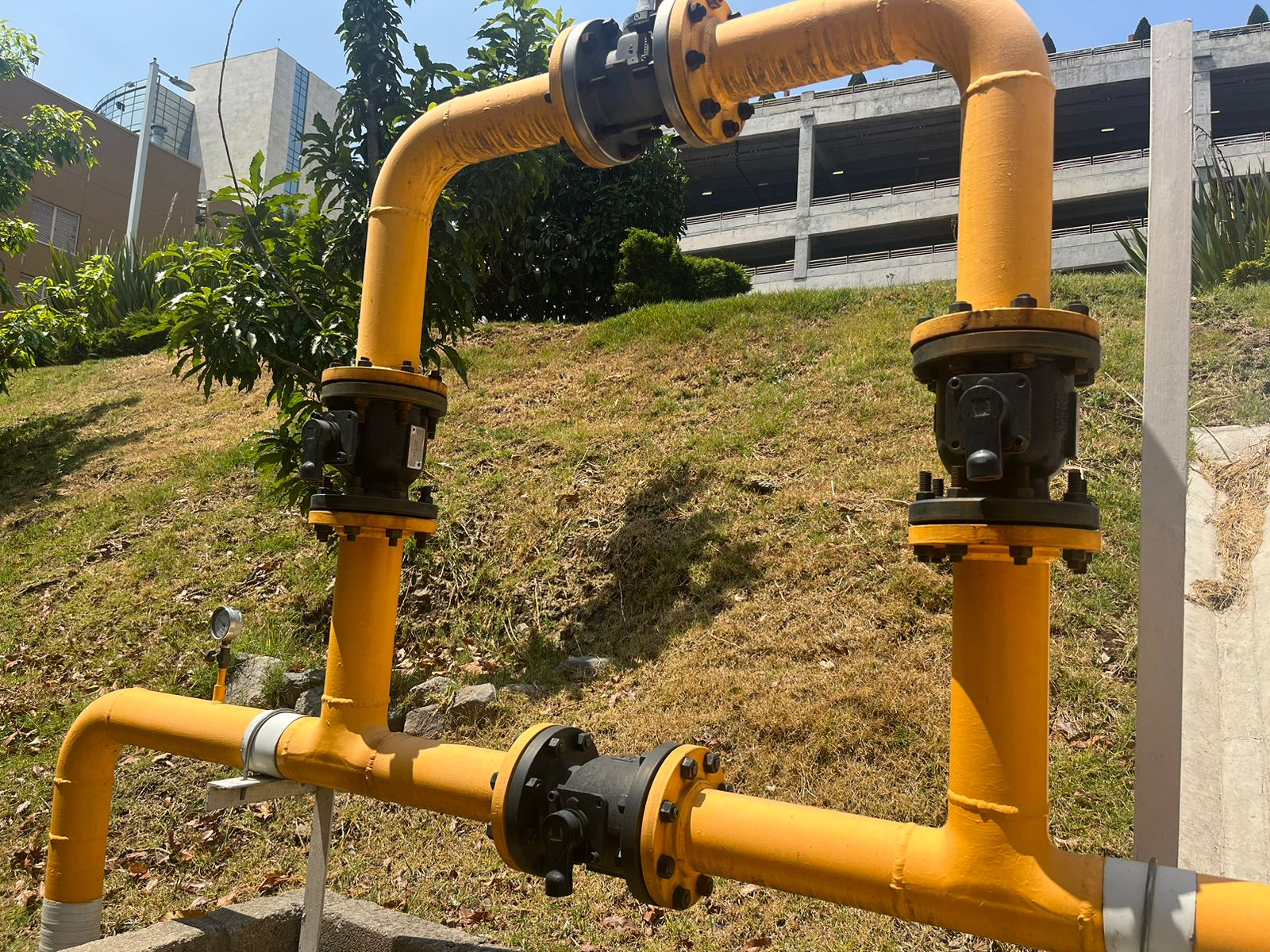
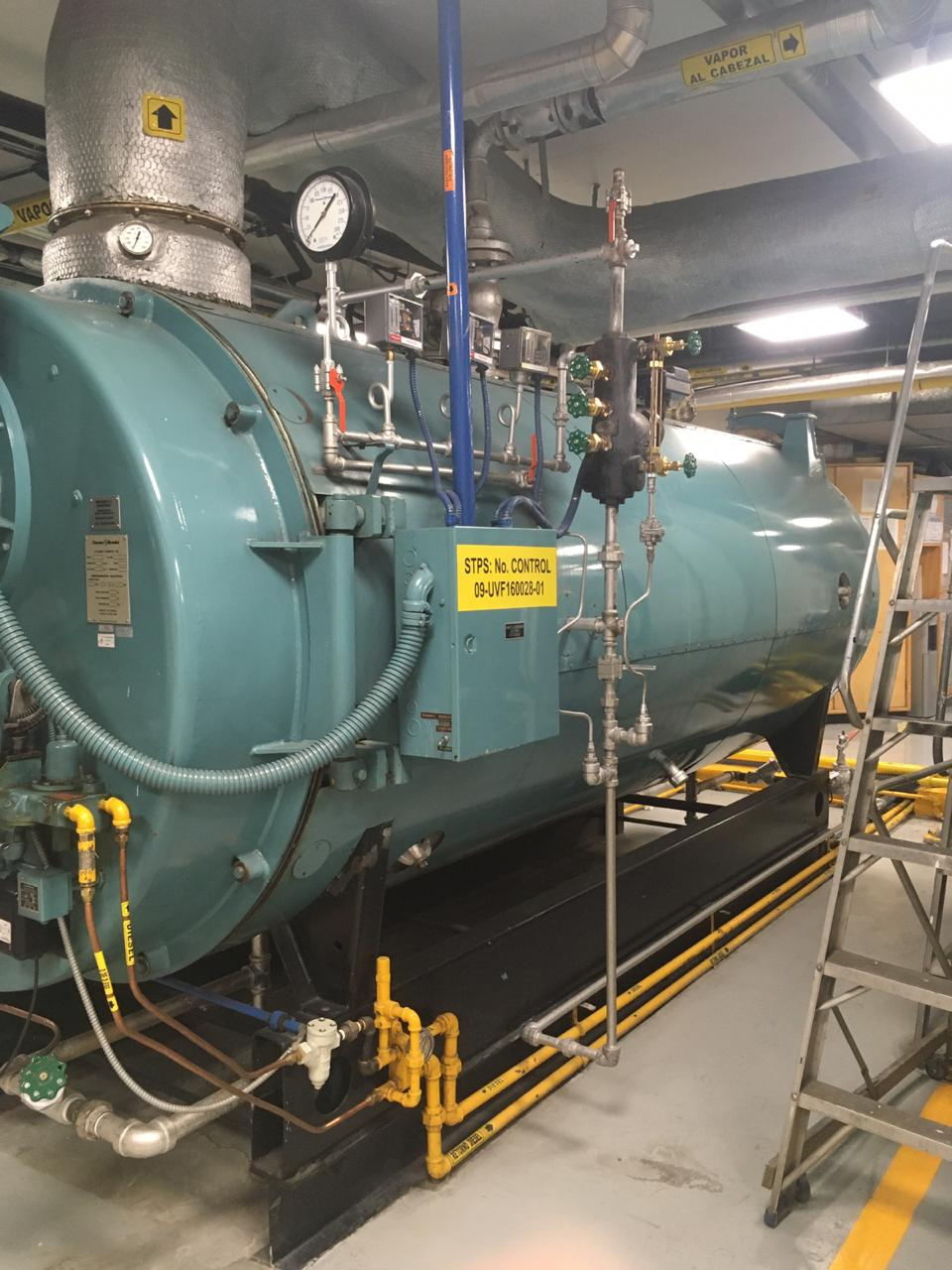
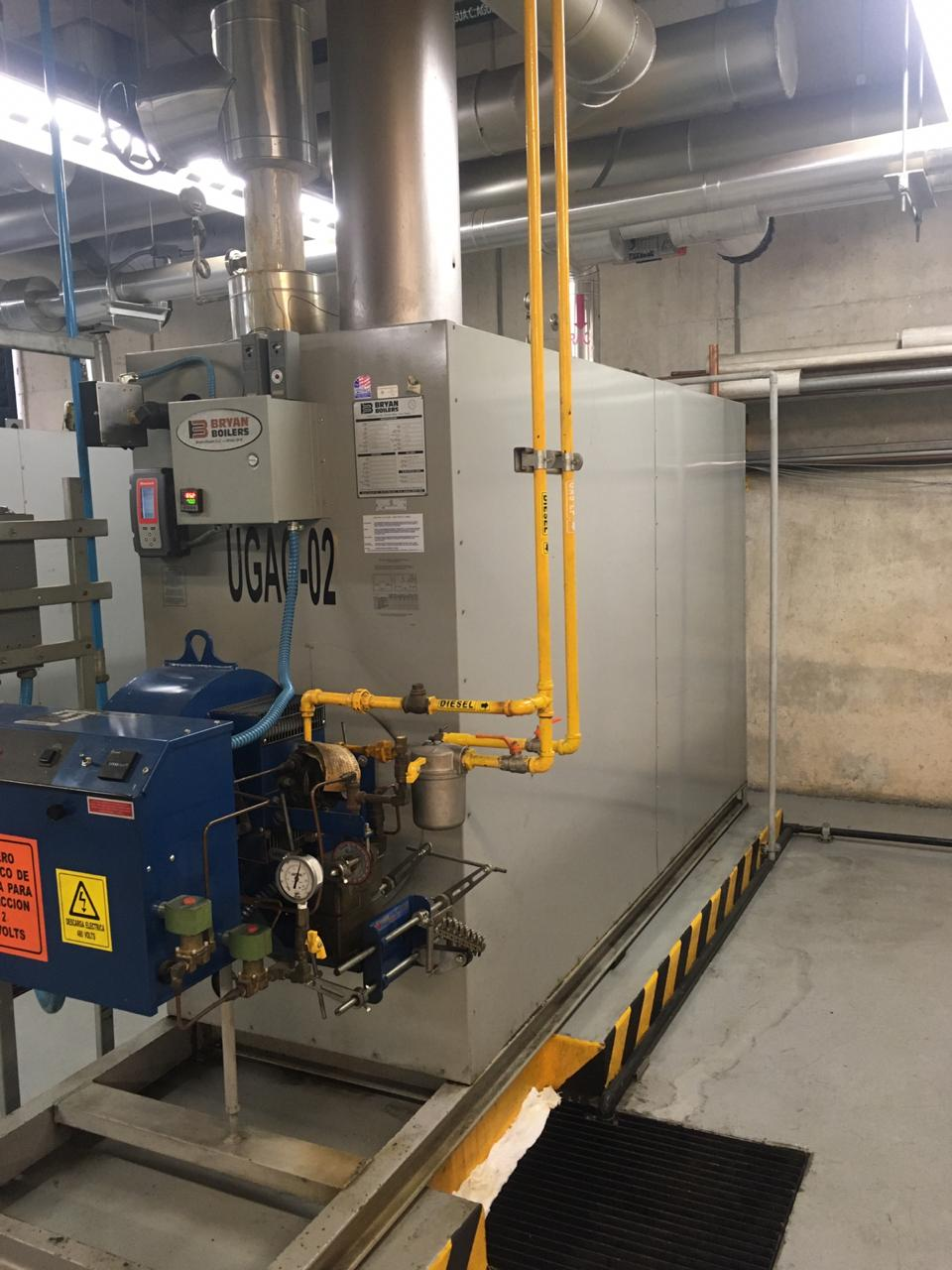
Implementation process
An assessment was conducted to understand the energy consumption profile and efficiency level. Energy consumption hotspots were identified, efficiency measures and renewable energies were assessed, and economic and environmental impacts were analyzed. The implementation of technical and energy management measures resulted in numerous savings and reductions in energy consumption and GHG emissions.
The implemented measures include:
- Purchase of electricity from clean (renewable) sources. The supplier was selected based on their technological research, infrastructure, development, economic savings potential, and sustainability model.
- Update of water heating equipment and substitution of diesel with natural gas as fuel. Additional measures include the conversion of boiler burners to hybrid (natural gas/diesel) systems, the deployment of a natural gas line, the replacement of boilers, and the reduction of equipment installed.
The pie graph shows the profile of emissions from energy and fuel consumption. The blue section indicates emissions from electricity, 14,740.08. The orange section indicates emissions from combustible fuels, 1,971.09.
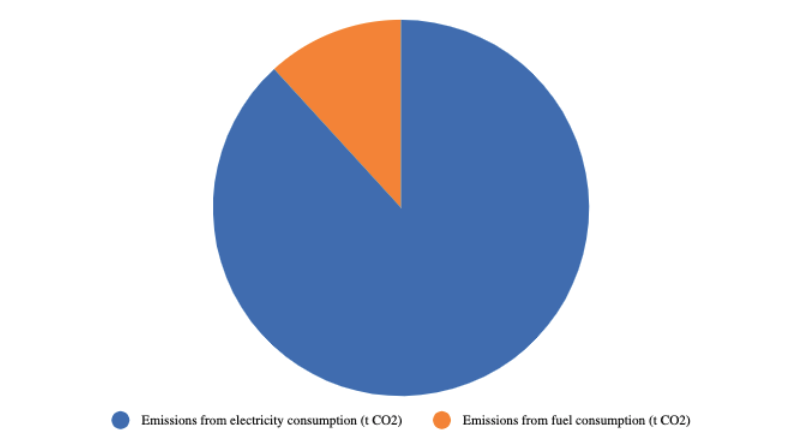
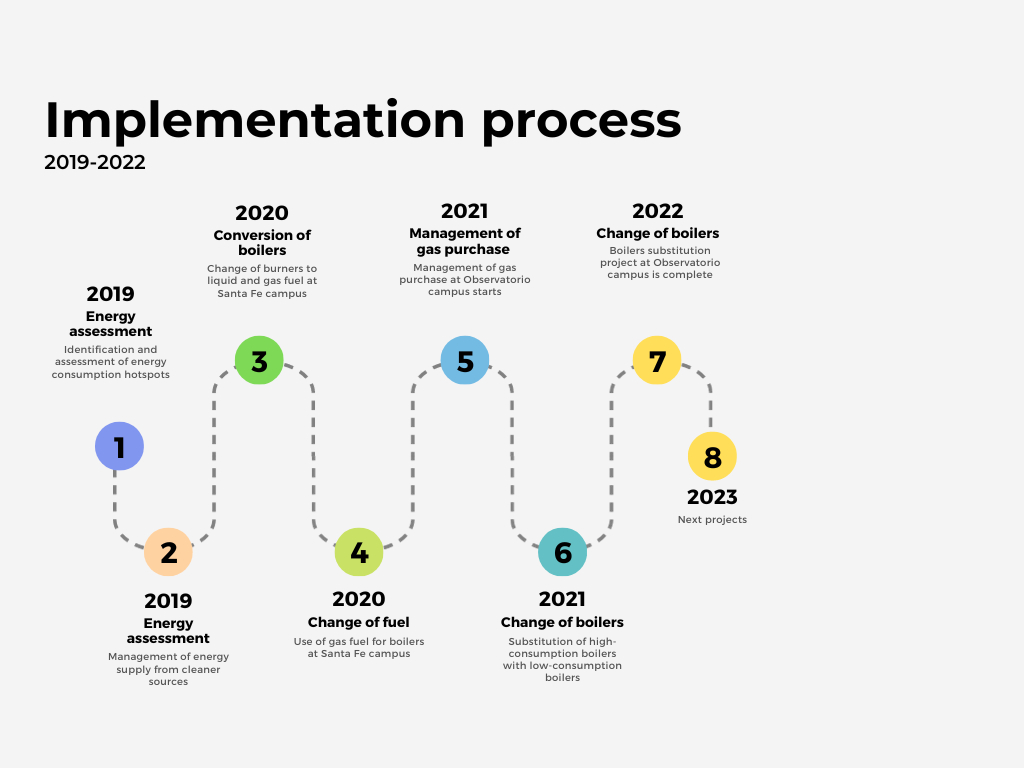
Tracking progress
Two CO2 emissions indicators were used for follow-up (table 1). These indicators are measured annually and calculated based on the amount of electricity used and the emission factor value established by the Energy Regulatory Commission (Figure 4).
To ensure accountability, an environmental, social, and governance risk model was adopted (Fernández, 2020), with the aim of obtaining measurements comparable to global systems.

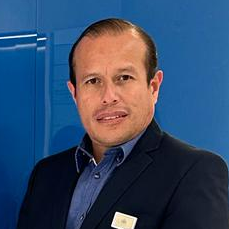
Focusing our efforts on social responsibility allowed us to understand that technological renovation contributes to caring for the environment, improving service efficiency, and tackling climate change.
Progress achieved
Environmental benefits: significant reductions in CO2 emissions
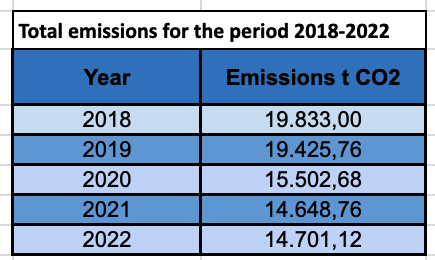
The chart shows a downward trend in emissions from electricity and fossil fuel consumption.

Economic benefits: 26% reduction in previous equipment operating costs, which is equivalent to nearly 1 million pesos annually per campus (approximately USD 50,000).
Social benefits: Reduced environmental impacts regarding noise and emissions.
Challenges
- In 2019, a series of existing agreements prevented the contracting of Iberdrola (renewable energy company) for the Santa Fe campus.
- 100% coverage of natural gas supply is still unavailable in the area where the Observatorio campus is located.
- There is resistance to change in the engineering and senior management areas.
The map shows the coverage of natural gas supply in Álvaro Obregón municipality (shaded areas)

Lessons learned
- Focusing on patients and vulnerable populations first builds support for broader environmental actions.
- The participation of multiple areas in the energy assessment process was crucial.
- Identifying low or zero-cost actions is key, such as turning off air conditioners during non-working hours.
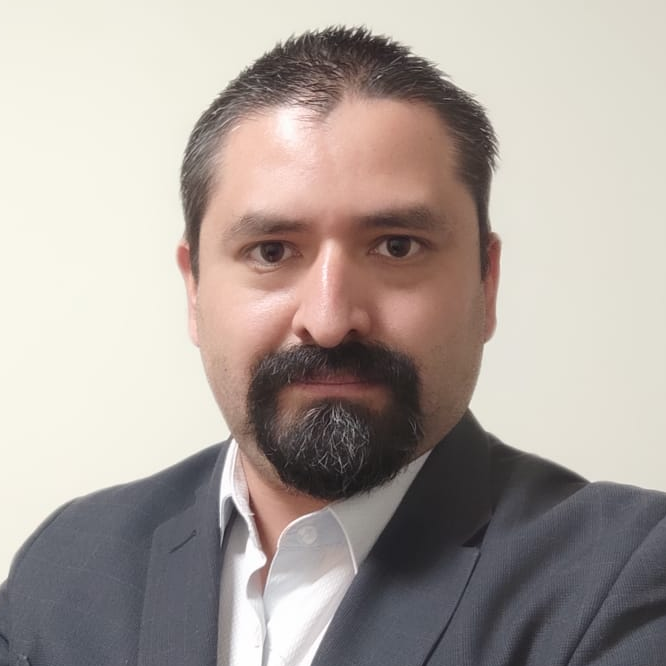
Pursuing these energy efficiency projects has allowed us to increase our operation efficiency and to strengthen the senior leadership confidence in our department to draft the environmental and technological roadmap for the institution. In this context, the work of the Department of Environment has been crucial in translating the technical aspects of the initiatives into a measurable environmental impact. As an additional benefit, we have been able to free up and channel economic resources to revamp other parts of our operation plant, and we have developed the habit of reflecting on our initiatives so that they are always environmentally, operationally, and financially sustainable.
Next steps
- Substitute chiller air conditioners with remote-controlled, energy-efficient equipment featuring metering devices.
- Increase the use of natural gas in water heating equipment by nearly 100%.
- Purchase 100% clean electricity.
- Obtain the environmental compliance certificate.

Links
- Health Care Without Harm & Arup. Health care’s climate footprint. How the health sector contributes to the global climate crisis and opportunities for action.
- (2023, February 23). En aumento las contingencias ambientales en CDMX y área metropolitana [Environmental contingencies increase in Mexico City and the surrounding metropolitan area]. UNAM global.
- (n.d.) Calidad del aire. Mexico City Government.
